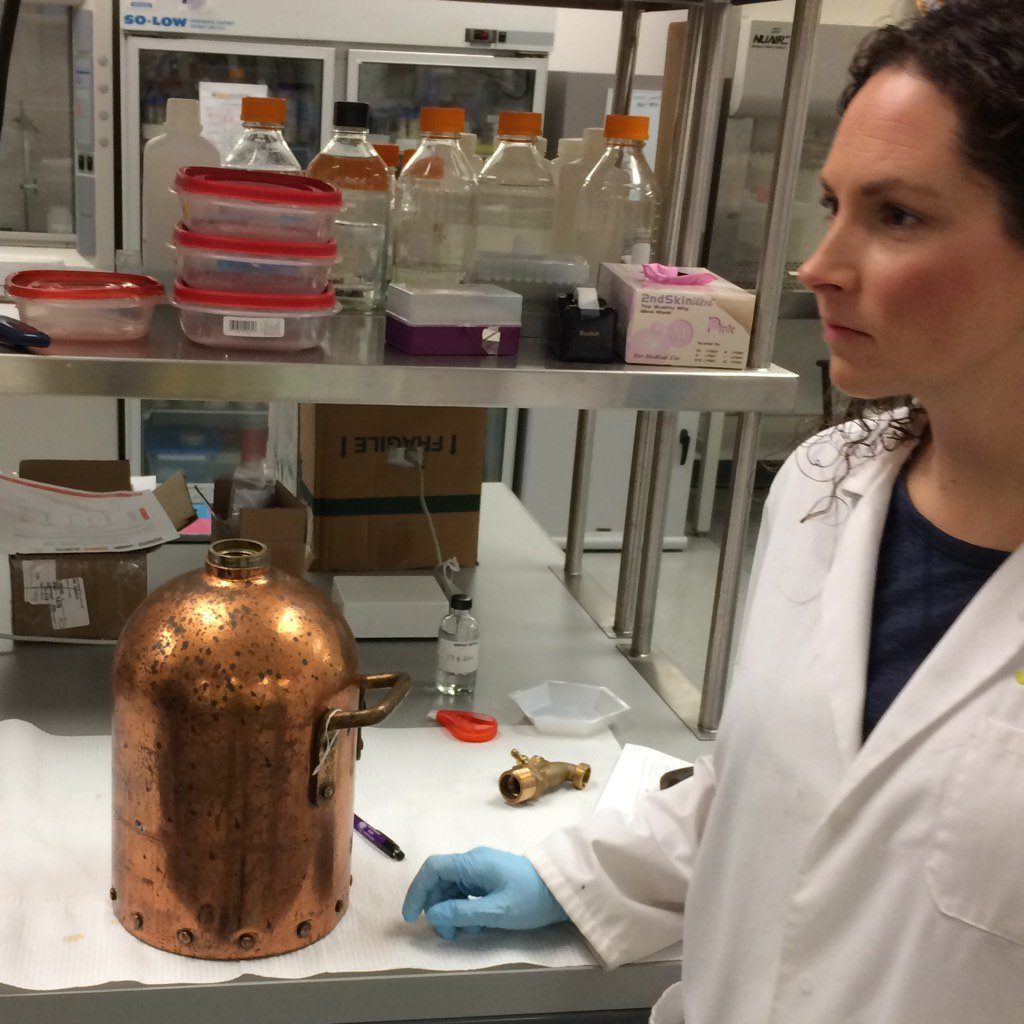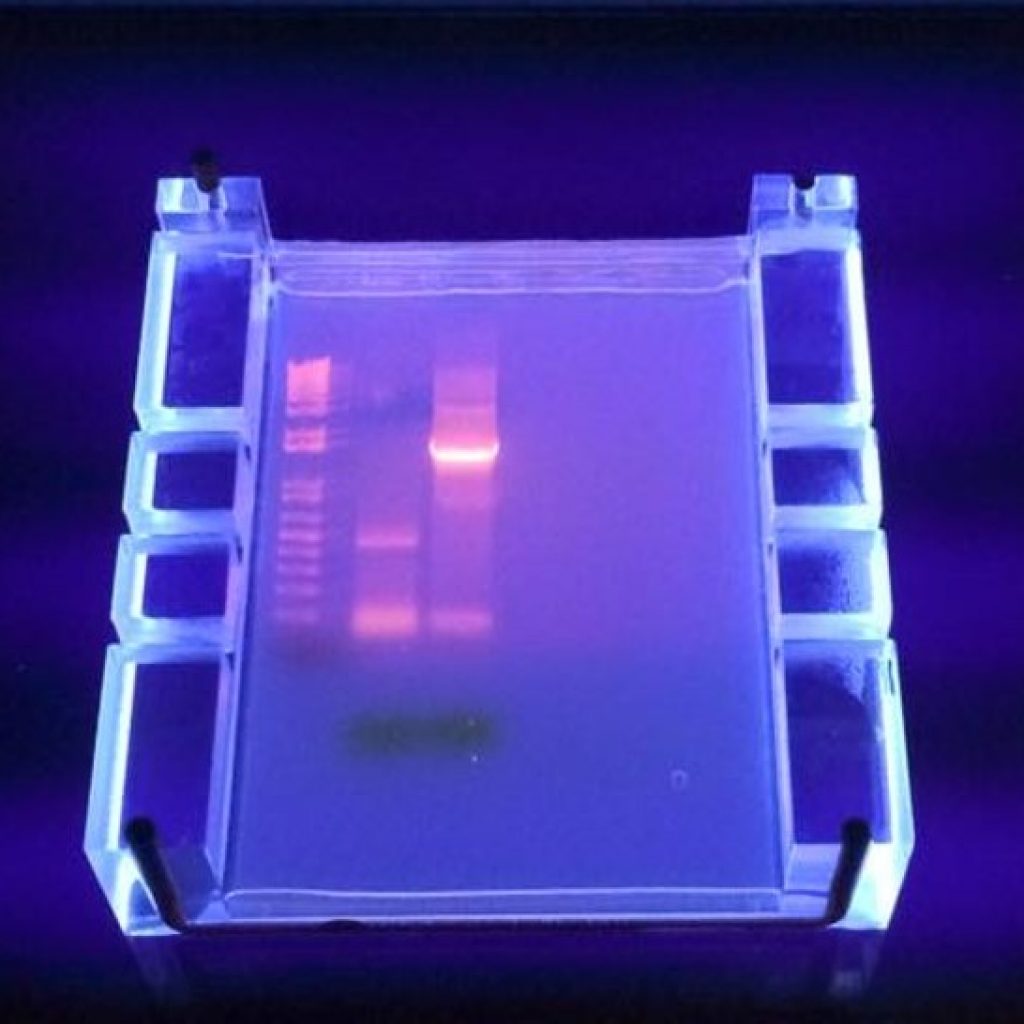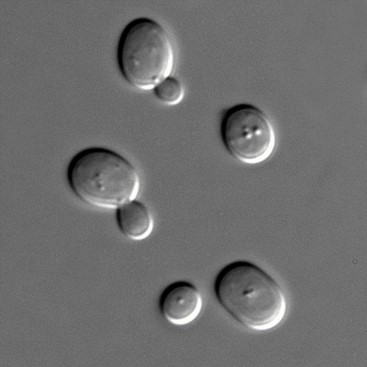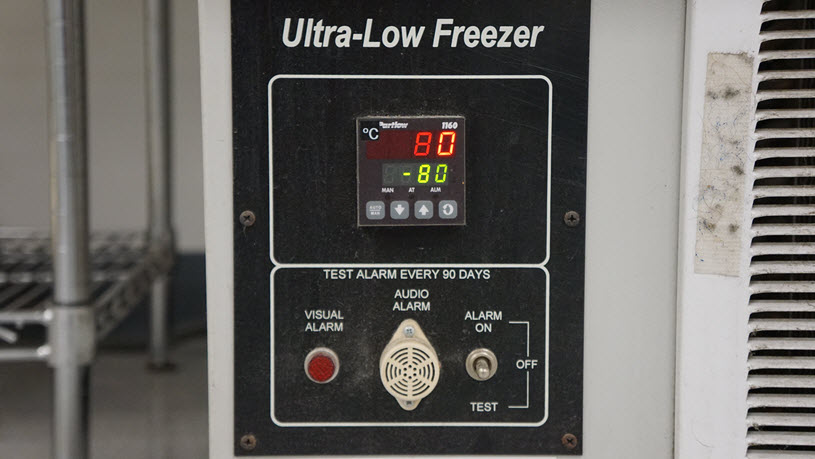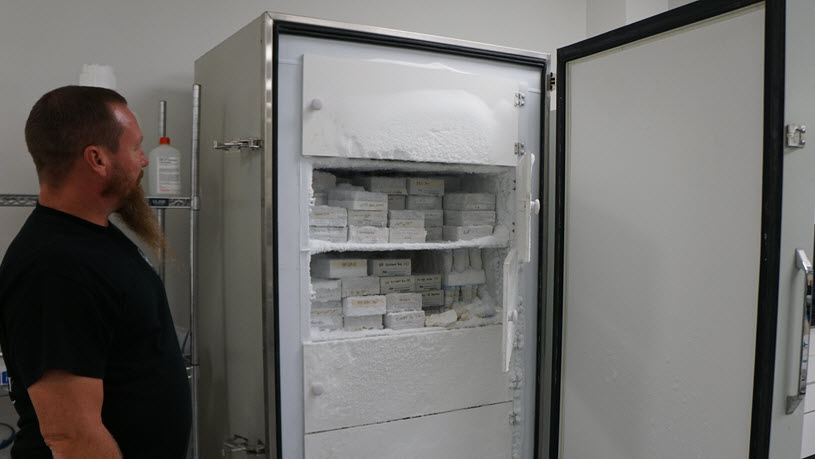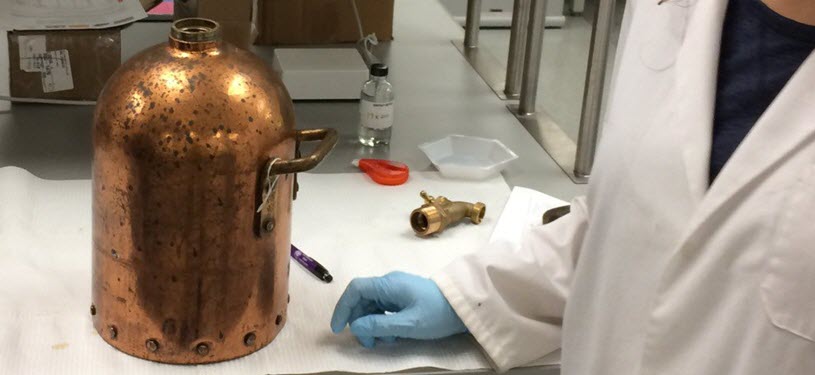
What the heck is a yeast jug? Ask someone with experience in a bourbon distillery or with bourbon history knowledge and they might tell you about when old time distillers used thick-walled, air and water tight, often copper vessels (a.k.a. “jugs”) to safeguard their yeast strains.
Today’s tale from the trail comes to us from Dr. Patrick Heist. Dr. Heist is the Chief Scientific Officer at Ferm Solutions and Wilderness Trail Distillery. This tale starts with the discovery of a copper lamp at an antique store that makes its way to Heists lab in hopes of discovering an old yeast strain.
These “Yeast Jugs” or “Dona Jugs”, as they were often called, were filled with a yeast containing solution, such as corn mash or molasses/water mixture, and to keep them safe could be lowered down into a well or even to the bottom of a lake where they would be kept cool and safe from anyone wanting to steal their coveted yeast strain. Also, the yeast jug would serve as a backup source of the yeast if the distillery burned down or if the strain was somehow lost. If you’ve read any history on distilleries, burning down was not uncommon in the 1800s. To re-start the yeast, the jug would be retrieved and the yeast could be re-cultured, thereby maintaining specific yeast strains. Some of these yeast jugs have survived the test of time as well as the temptation to recycle copper and today have been used as sources of information leading back to old yeast strains.
An Old Yeast Jug Disguised as a Lamp
You never know what you might find at a flea market, antique shop or in Grandma’s basement. We recently had someone come to our lab with an old copper lamp they had picked up at an antique store. They were not sure, but they thought that copper container just might be an old “yeast jug.” Turns out, their suspicion was right, they had scored an old-time “yeast jug.” The search for an old yeast strain was on and as scientists and distillers, we do love a challenge!
How to Recover a Strain from an Old Yeast Jug
Here we describe the process we use to retrieve old yeast strains from yeast jugs. The first step is to attempt to culture living microbes from the jug. We are not only targeting yeast, but also any bacteria, which may lend clues to how a particular Bourbon whiskey was made. For the purposes of this article, we will stick to yeast as things get complicated when we include bacteria. If the yeast jug is very old and dry on the inside, it is likely that any microorganisms have long ago died out. If we cannot successfully culture any living yeast, we look for residues in the jug, like bits of dried up mash. If the jug was thoroughly rinsed at some point or if it was sanitized with heat or an antiseptic solution (bleach, soap, etc), it is likely not a good candidate for recovery of yeast. However, if there are enough residues to successfully extract DNA, we can go about the identification process a little differently – kind of like CSI (Crime Scene Investigators) for distilleries. This involves sequencing the recovered DNA, either short sequences that are highly conserved between different yeast strains (ribosomal DNA or rDNA, for example), or larger sequences which nowadays can be the entire genome (or all the DNA in a particular organism). Figure 2 below shows bands of DNA on an agarose gel.
Stay Informed: Sign up here for the Distillery Trail free email newsletter and be the first to get all the latest news, trends, job listings and events in your inbox.
We can compare the DNA sequences recovered from the yeast jug to determine if it was indeed from a yeast and also if it was the species used to make distilled spirits. If it matches up with the correct yeast species (Saccharomyces cerevisiae, for example, seen in Figure 3) we can compare the DNA recovered from the jug to yeast DNA sequences in public and private databases and can match up a dead yeast with a living strain if the DNA sequences match (meaning that the DNA sequences have a high degree of similarity or are identical). Once a living strain is matched to the DNA from the jug, the living strain can be used to make bourbon.
Ferm Solutions has thousands of yeast and bacteria strains cryogenically frozen in its lab at a chilly -80°C.
Was there Yeast in the Old Copper Yeast Jug?
So, what about the old yeast jug that was brought in for evaluation? Were we able to successfully recover a yeast strain or enough residues to extract DNA? Unfortunately, sometime between when the distiller used the jug to store yeast and when it was re-purposed into a table lamp, the yeast and any DNA was lost. Therefore, we aren’t always successful in recovery of yeast from these age-old containers. However, when we are successful at reviving an old yeast strain, which we have done on multiple occasions, there is a sense of pride in having recovered a lost treasure from our bourbon whiskey heritage.

Dr. Patrick Heist is well known in the fuel and beverage ethanol industries for his problem solving skills relative to the microbiology and biochemistry of fermentation. Dr. Heist and his research team collaborate with industrial and academic partners on projects relating to controlling bacteria during ethanol production, antibiotic resistance, and yeast strain selection and improvement.
Please help to support Distillery Trail. Sign up for our Newsletter, like us on Facebook and follow us on Twitter.


